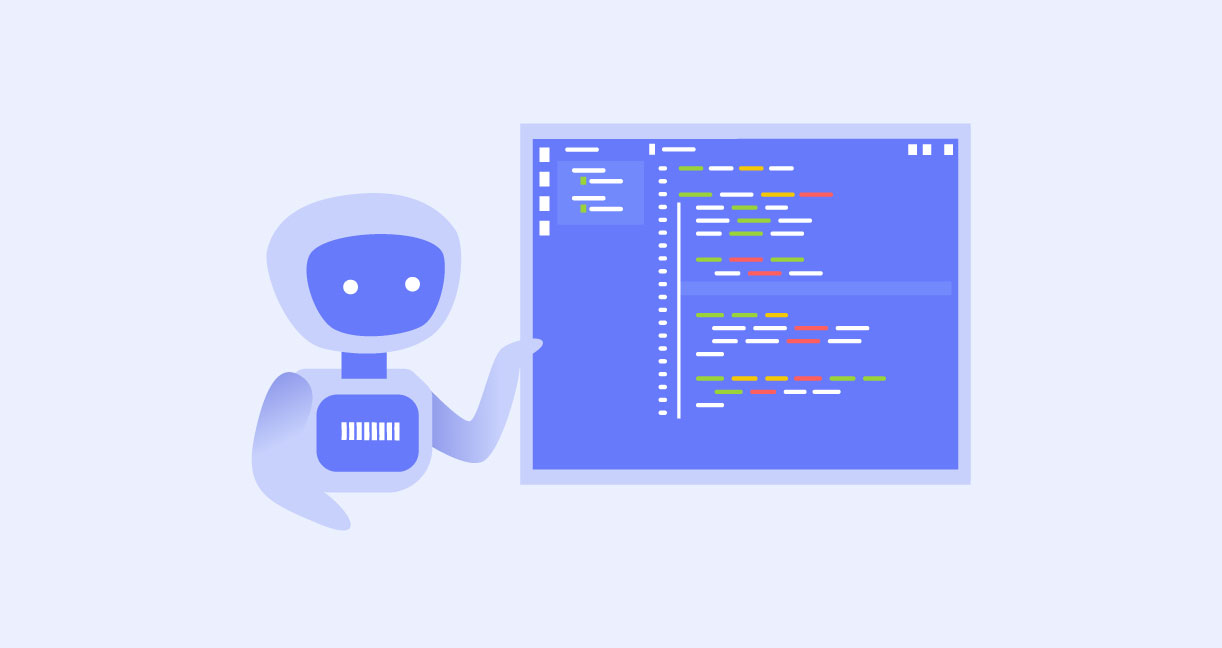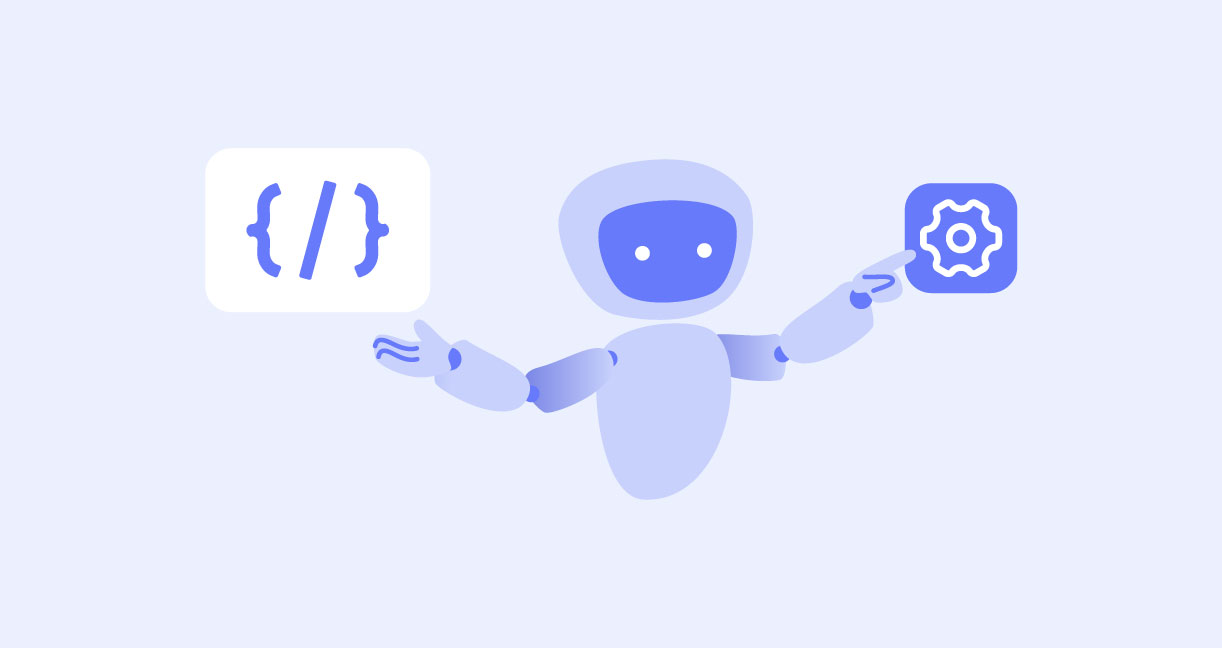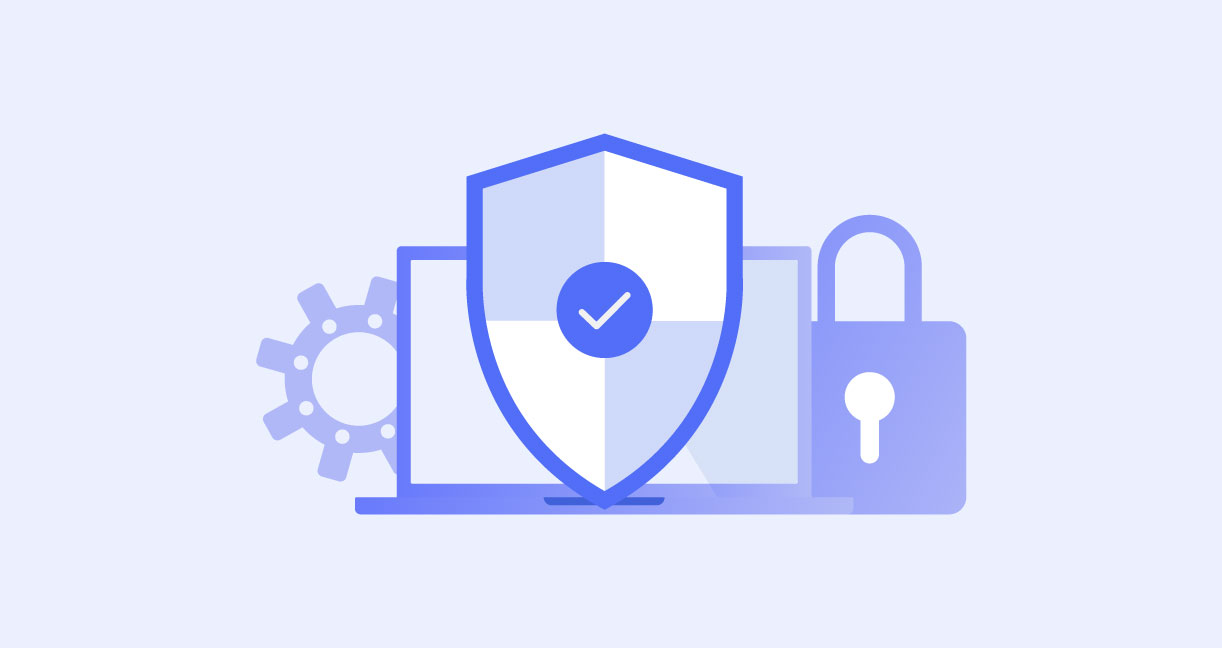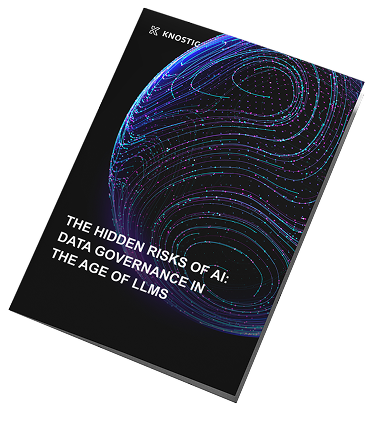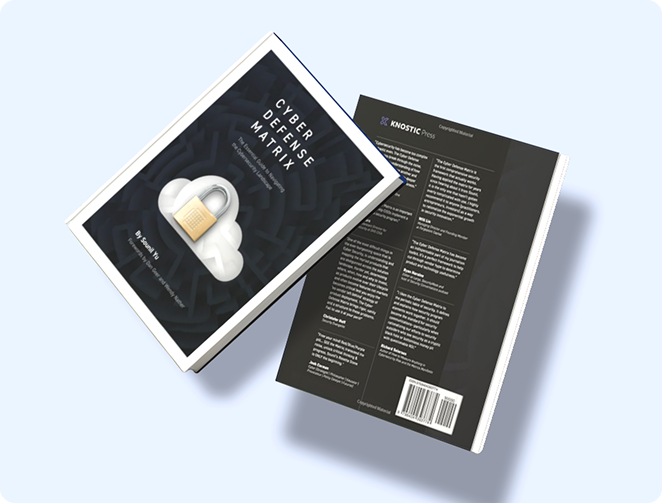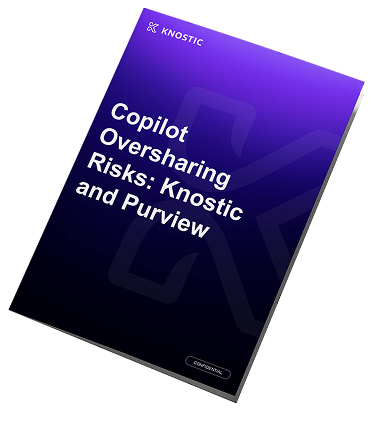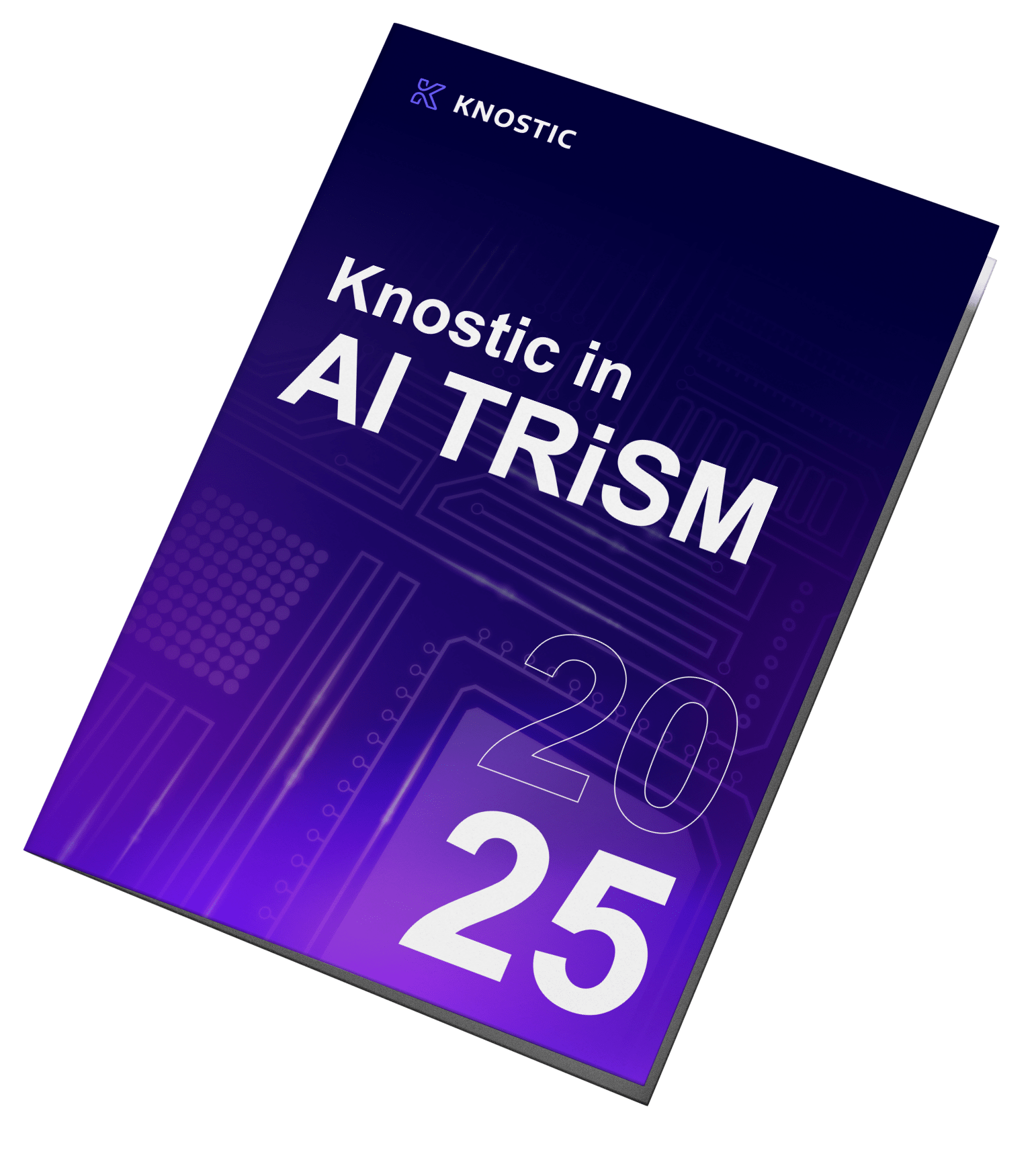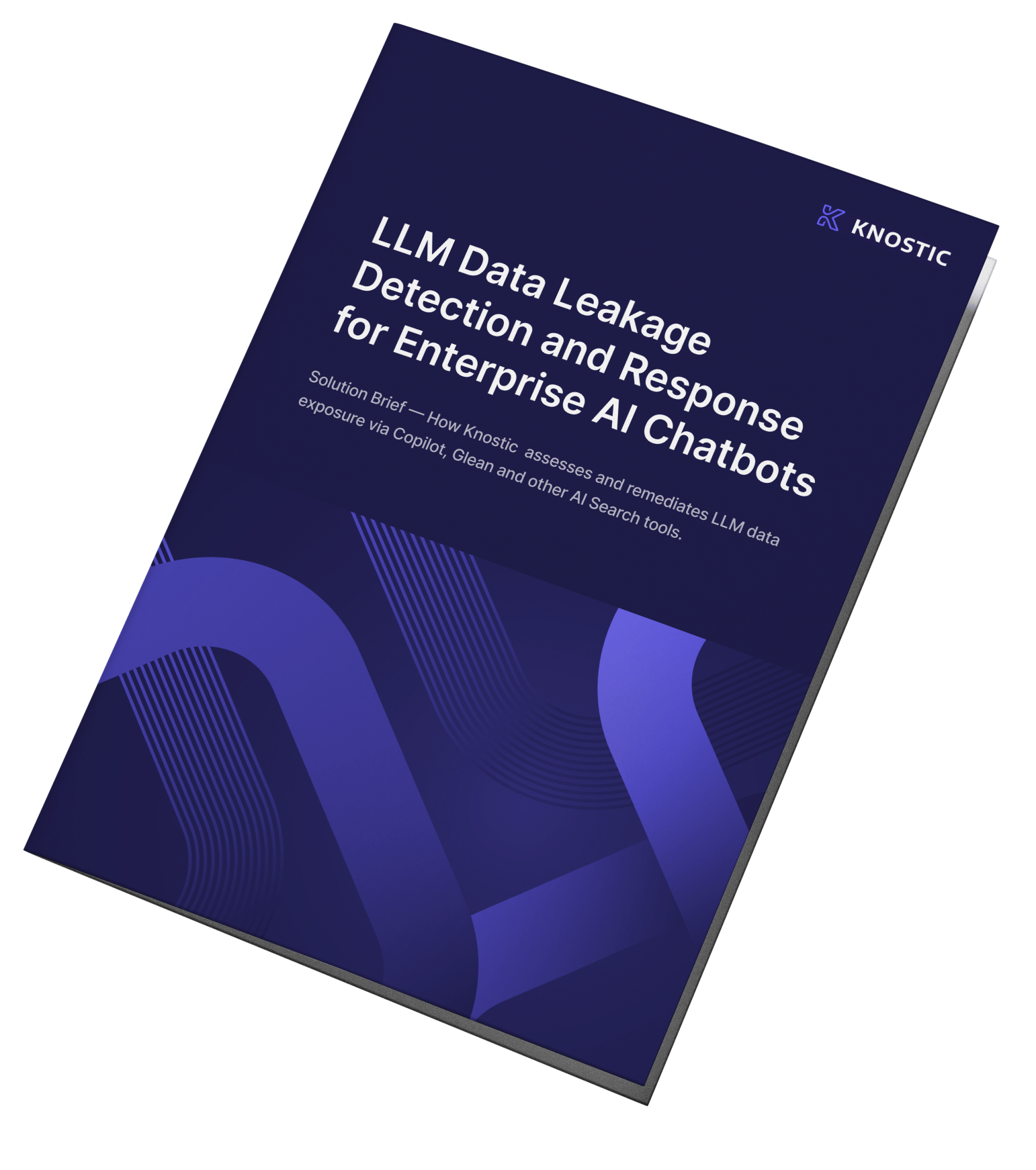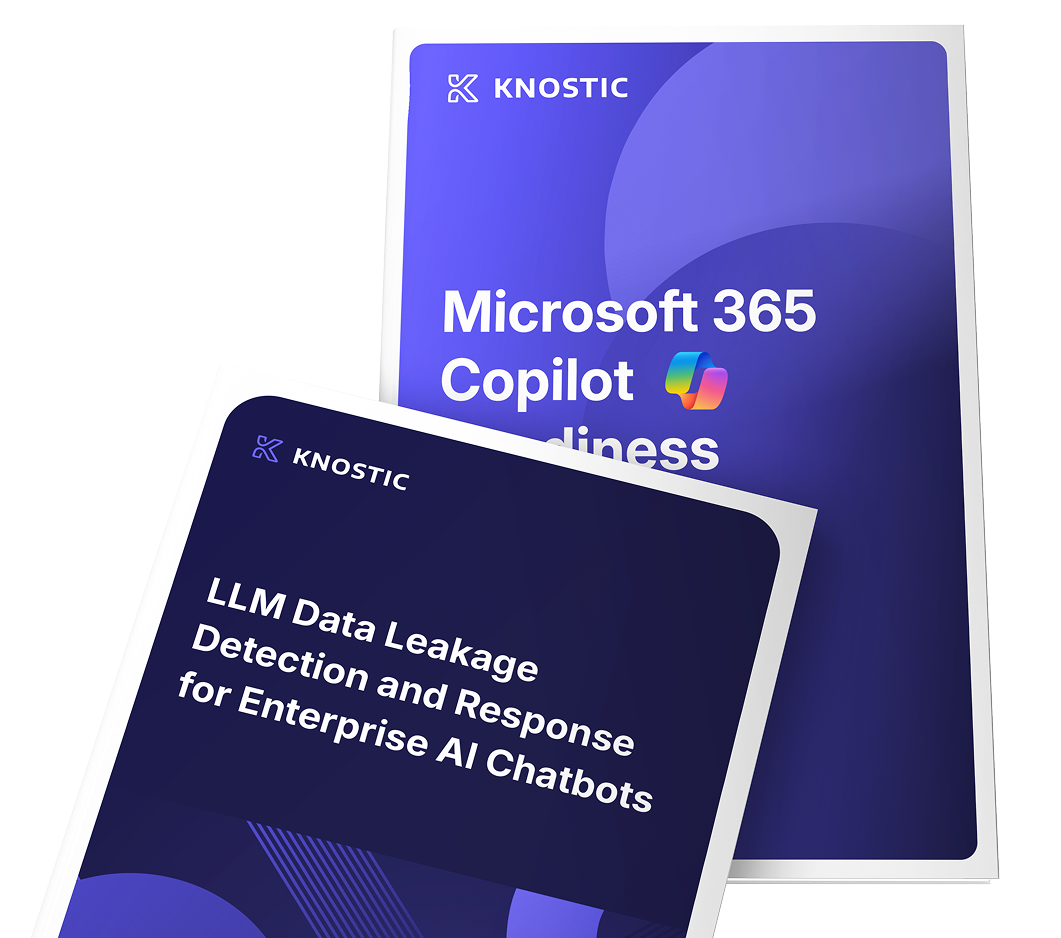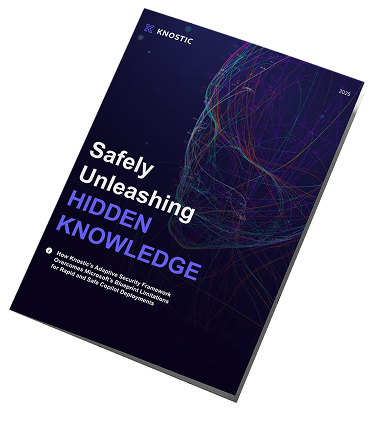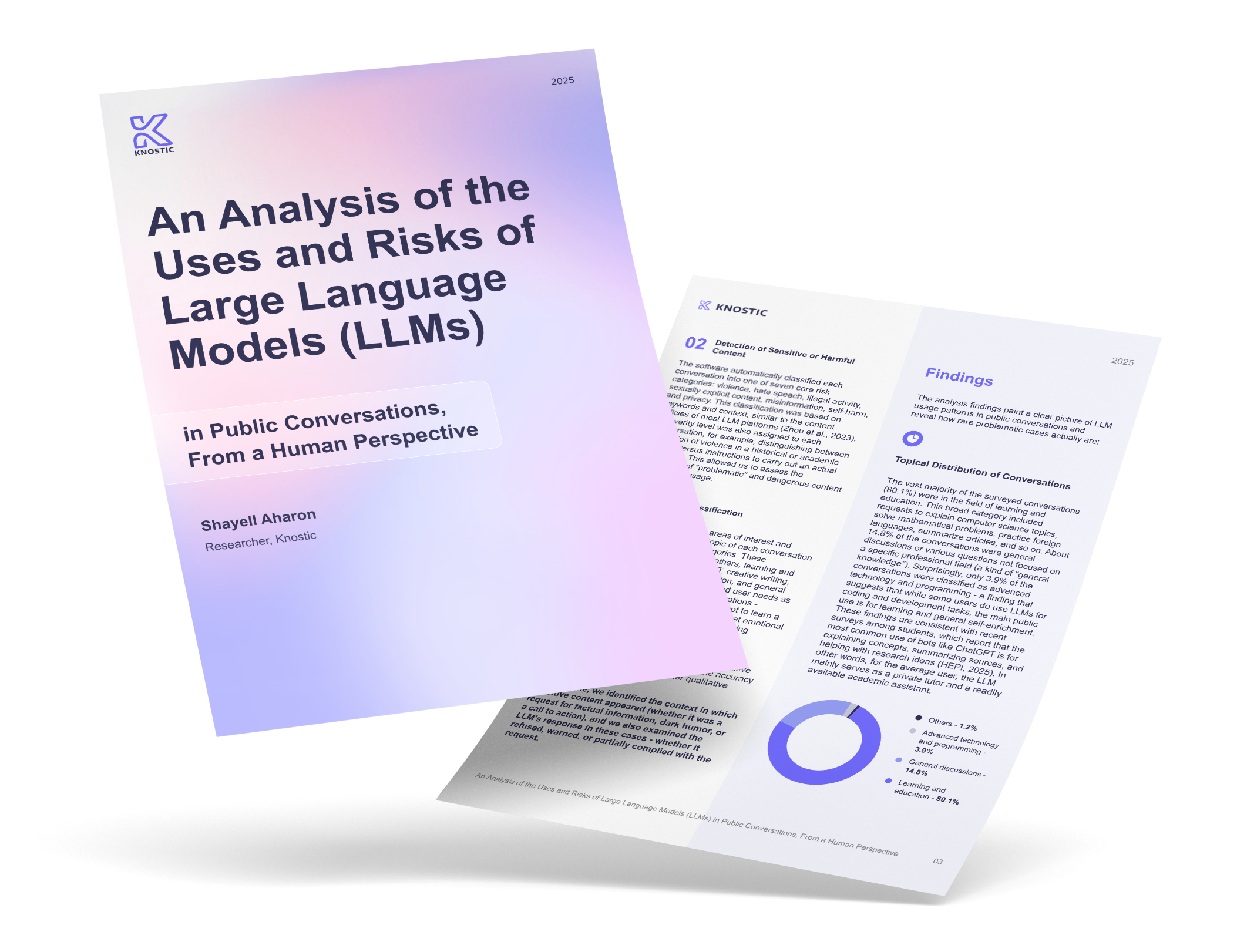Key Insights on AI Data Governance
-
AI data governance defines the policies and roles that govern the use of AI data. It controls how data is used within AI systems, including prompts, models, outputs, and vendor integrations to ensure responsible and secure operations.
-
The governance framework spans the full AI lifecycle by enforcing access control, monitoring model behavior, labeling data, and ensuring vendor compliance to mitigate risks such as data leakage and prompt injection.
-
Strategic governance converts risk management into an advantage by aligning with regulatory demands and business goals, thereby improving trust, accelerating compliance approvals, and protecting the brand reputation through measurable KPIs, such as leakage rate and groundedness.
-
Best practices include implementing role- and purpose-based access, embedding real-time guardrails, and maintaining continuous testing through red teaming and audit trails to identify and resolve issues proactively.
What is AI Data Governance
AI data governance defines how organizations manage, protect, and enforce the responsible use of data inside AI systems. It extends beyond traditional data governance by covering not only structured data but also prompts, outputs, model lineage, and vendor integrations. The scope includes ensuring that sensitive inputs are labeled, models are trained on trusted sources, and outputs are monitored for leakage or hallucination.
Governance also sets standards for vendors and cloud providers, ensuring third-party integrations meet the exact requirements of internal systems. By treating data, models, and workflows as part of a single, governed ecosystem, enterprises can reduce the risk of non-compliance while building trust and confidence.
As a result, an AI governance strategy is no longer optional. It is an essential requirement for enterprise risk and compliance strategies in 2025, demanded by both regulators and customers.
Definition and Scope
The scope of AI data governance begins with raw data, ensuring it is cataloged, labeled, and secured before being used for training or inference. Models must be governed throughout their lifecycle, from development to deployment, with checks for fairness, explainability, and bias. Prompts and outputs are also governed, as risks such as oversharing or manipulated responses often emerge at this layer. Lineage tracking ensures every decision made by an AI system can be traced back to its data, model version, and applied policies.
Vendors add another dimension, as cloud services and external AI tools must comply with the same guidelines and access rules. Unlike general enterprise governance, which focuses on data quality, stewardship, and compliance, AI-specific governance also addresses unique risks, such as prompt manipulation, hallucinations, and inference leakage. This distinction highlights why AI data governance requires additional layers of policy and monitoring on top of existing enterprise frameworks. Without governing all the layers together, enterprises face gaps where data can leak, models can drift, or compliance evidence cannot be produced when requested.
Why Is AI Governance Important?
AI governance is important because it integrates compliance, security, and trust into a single operating framework. It ensures that AI systems not only produce outputs but also do so in a manner that is lawful, fair, and explainable. In 2025 and beyond, regulators across the EU, U.S., and Asia will require AI audits and evidence trails. The EU AI Act, which came into force in 2024, introduces stringent obligations for high-risk AI systems, including the requirement for documentation, logging, and human oversight. In the U.S., the NIST AI Risk Management Framework guides trustworthy AI practices and is being widely adopted as a de facto standard. Customers and boards also expect effective GenAI governance to protect brand reputation and prevent costly incidents. Without structured governance, enterprises risk fines, operational delays, and erosion of stakeholder trust.
Business Impact
Strong AI governance has a direct impact on business outcomes. Trust grows when clients know that data is handled securely and AI outputs are explainable. Brand protection improves when guardrails prevent accidental leaks or biased recommendations. Faster regulatory approvals follow because evidence of compliance is ready for submission, rather than being retrofitted under pressure. In PwC’s 2024 US Responsible AI Survey, only 11% of executives reported having fully implemented responsible AI governance capabilities. Yet, those organizations reported faster compliance approvals and a greater competitive advantage compared to their peers without mature frameworks.
Risk Themes
Oversharing is one of the top risks because sensitive data may appear in AI answers. Prompt injection is another primary concern, as attackers can manipulate prompts to bypass security controls. Drift occurs when models trained on outdated data begin to produce unreliable results, compromising both accuracy and compliance. Shadow AI, which are systems deployed without approval, create hidden risks that bypass official governance channels. Together, these risks show why AI governance cannot be left to manual reviews alone. They must be handled with structured roles, real-time guardrails, and monitoring across the AI lifecycle.
Proof
KPIs make governance measurable and prove its business value. The leakage rate is one of the most visible metrics, indicating the number of sensitive outputs that were blocked or redacted. Groundedness measures whether outputs cite valid sources, improving trust in enterprise AI. Governance adoption can be tracked by the number of personas or business units following enforced policies. The timely completion of data protection impact assessments and access reviews can measure audit readiness. These KPIs not only reduce risk but also provide a means for boards and regulators to see that governance investments are yielding results.
AI Governance Roles and Stakeholders
AI governance necessitates a cross-functional team, each with defined decision-making rights, enforcement responsibilities, and audit obligations.
RACI
The CISO and security operations team are responsible for supporting guardrails and monitoring risks. The chief data and analytics officer (CDAO) and data governance team ensures data quality and stewardship. The data protection officer (DPO) and legal team ensure compliance with GDPR, the EU AI Act, and other regulatory frameworks. Identity and access management teams set up RBAC and policy-based access control (PBAC) rules and policies for runtime enforcement. Product and line-of-business leaders are consulted and informed because they own use cases and customer-facing applications.
When mapped in a RACI chart, these roles clarify accountability and speed up incident resolution.
AI Governance RACI Table
|
Function / Role |
Responsible (R) |
Accountable (A) |
Consulted (C) |
Informed (I) |
|
CISO / SecOps |
Guardrails, monitoring |
Security enforcement |
IAM, Product Teams |
Board |
|
CDAO / Data Governance |
Data quality, stewardship |
Data governance program |
Legal, IAM |
Board |
|
DPO / Legal |
Compliance checks, GDPR / AI Act |
Regulatory compliance |
CISO, CDAO |
Board |
|
IAM Teams |
Access control (RBAC/PBAC) |
Identity lifecycle |
CISO, Data Teams |
Product Owners |
|
Product / LOB Leaders |
Use case ownership |
Business alignment |
CDAO, Legal |
Board, Employees |
|
DevSecOps Teams |
Security testing in CI/CD |
Integration of controls in pipelines |
CISO, IAM |
Product Teams |
Decision Rights
Decision rights are at the core of governance. Go/No-Go authority is needed before deploying AI models, ensuring only approved systems reach production. Access reviews must be conducted regularly to verify that sensitive datasets or AI tools are used only by authorized roles. Incident response processes define who decides containment actions when risks such as prompt injection or data leakage occur. Clear decision rights prevent delays that could lead to reputational damage or regulatory fines. Enterprises that assign these rights in governance policies report faster and more coordinated responses to risks.
Board Reporting
Boards increasingly require AI governance reports as part of quarterly or annual updates. Risk reporting includes trends such as a reduction in leakage rates or findings from red team tests. Compliance reporting indicates whether required Data Protection Impact Assessments (DPIAs), audits, and evidence submissions have been completed. ROI reporting highlights cost savings from avoided fines, reduced incident frequency, or faster product approvals. Gartner predicts that by 2026, enterprises that embed transparency, trust, and security into their AI operations will enjoy up to 50% better adoption and business outcomes, which is a strong incentive for boards to prioritize formal AI governance reporting.
AI Governance Examples
Examples make governance more tangible by showing how it applies in real systems. Each type of AI use case faces unique risks, so governance must adapt rather than follow a single template. Coding assistants, model context protocols (MCP), and autonomous AI agents all require customized guardrails. By examining these cases, organizations can learn how to integrate governance into products without hindering innovation.
AI Coding Assistant Governance
AI coding assistants accelerate development but can expose sensitive code snippets or internal secrets if not properly governed. Guardrails, such as prompt filters and output redaction, ensure that code containing API keys, credentials, or proprietary algorithms is blocked. IAM integration ensures that only developers with specific project clearance can use the assistant. Continuous monitoring checks outputs against compliance policies and logs them for audits. With these measures, organizations can safely benefit from coding assistants without risking intellectual property leaks.
MCP Governance
MCP servers transmit sensitive enterprise data and AI workloads across providers. Governance ensures data residency, access control, and audit requirements are applied consistently across cloud vendors. Policies such as encryption standards and vendor risk assessments prevent exposure from weaker third-party controls. MCP governance also includes monitoring lineage across environments, so enterprises can trace how data and models move information between providers. Without these checks, regulatory compliance and security posture can be undermined by gaps between vendor policies. MCP server governance closes those gaps with unified oversight.
AI Agent Governance
AI agents operate semi-autonomously. Policies must define what actions agents are allowed to perform, such as querying data, executing workflows, or sending communications. Runtime guardrails monitor for drift or risky patterns, preventing agents from executing harmful tasks. Logging every action with lineage details ensures accountability and provides evidence in audits. Enterprises adopting agentic workflows must enforce PBAC so agents operate only within approved contexts. This approach ensures innovation through automation while avoiding uncontrolled risks.
AI Governance Best Practices
A secure AI program rests on three pillars: runtime access decisions, real-time guardrails on inputs/outputs, and continuous testing that validates controls as systems evolve.
Access
Access begins with RBAC, so teams inherit your existing roles. Add PBAC to make authorization decisions at request time based on purpose and attributes. Use identity claims, data labels, device posture, and risk signals to decide whether to allow or deny. Enforce decisions at the AI choke points: prompt, retrieval, tools, and output. Log the reason for each decision so audits can replay why something was allowed or blocked.
Guardrails
Guardrails protect inputs and outputs in real time. Input filters catch secrets, malware, and prompt injection attempts. Grounding keeps answers tied to approved sources and metadata. Output validation and redaction remove sensitive fields before the user sees them. The OWASP Top 10 for LLM Applications 2025 lists prompt injection and improper output handling as core risks, which these guardrails address.
Continuous Testing
Continuous testing proves guardrails work as systems change. Red teams probe injection paths, tool abuse, and data leaks. Retrieval-augmented generation (RAG) evaluations measure groundedness, provenance, and refusal behavior. Regression suites lock in fixes to prevent regressions after updates. NIST’s GenAI profile and U.S. Department of Homeland Security guidance both recommend ongoing validation throughout the lifecycle, rather than relying on one-off tests.
AI Governance Policy
Effective AI governance encompasses clear components, concrete artifacts, and rigorous enforcement, all of which are aligned with the EU AI Act.
Components:
-
Acceptable use
Acceptable use states what is allowed and what is not for each persona. Data handling sets rules for labeling, retention, and cross-border use. The model lifecycle encompasses evaluation gates, deployment approvals, change control, and retirement. Logging defines what to record at the prompt, retrieval, tool, and output steps. The EU AI Act anchors these expectations for high-risk systems and pushes enterprises to keep consistent evidence across their AI estate.
-
Artifacts
DPIAs document risks when personal data is involved and record mitigations. Model cards summarize purpose, data sources, limits, and known risks. A use-case register tracks owners, datasets, models, and guardrails per workflow. These artifacts keep teams aligned and speed audits.
-
Enforcement
Every policy rule needs a matching control. PBAC turns access rules into real-time allow or deny decisions. Retrieval policies translate into label-aware searches and allow/deny lists. Output rules drive validators and redactors before answers display. Logging policies establish a structured framework that aligns with the AI Act’s documentation and logging requirements for high-risk uses.
AI Governance Strategy
An effective AI governance strategy links principles, policy, enforcement, and measurement in a continuous loop that drives accountable improvement.
How the Pieces Work Together
Start with lawful, least-privilege, and explainable as your north star. Turn those into clear policies with owners and update cycles. Wire policies into access, guardrails, and tests that run in production. Measure outcomes and feed lessons back into the next sprint. NIST’s generative AI profile supports this loop and emphasizes continuous risk mitigation, rather than one-time reviews. Principles set intent and create a common language for decisions. Policy captures those principles in precise rules. Controls enforce rules at runtime where the AI actually acts. Measurement checks for leaks, grounding, and latency, allowing leaders to see the impact.
The loop improves over time as tests become more rigorous and incidents decrease in frequency.
Identity and Access, Done for AI
Keep RBAC for baseline scoping. Add PBAC so decisions consider who is asking and why. Feed attributes from your IdP, data labels, device, geo posture, and risk scores. Place the policy decision point (PDP) and policy enforcement point (PEP) where prompts, retrieval, tools, and outputs flow. Log the decision path so auditors can trace “why allowed” and “why denied.
Guardrails Woven Into the Product
Build guardrails into prompts, retrieval, tools, and outputs. Set input rules in the system prompt and validators. Use label-aware retrieval with allow and deny sources. Validate and redact outputs before they are displayed to users. OWASP’s 2025 LLM risks highlight why embedding these controls is safer than bolt-ons.
Data Labeling as the Connective Tissue
Policies only work when data is labeled. Use a lean schema for safety, relevance, and provenance. Maintain a gold set with thorough QA to ensure evaluations remain reliable. Store chunk-level metadata, such as author, section, and timestamp, for grounding and citations. This enables consistent decisions and reduces false blocks.
Operate in Phases, Not Big-Bang
Before rollout, inventory use cases and data, define policies, and enable core logging. During rollout, pilot the PBAC, run red teams, and refine rules based on findings. After rollout, automate alerts, reviews, and quarterly regressions. Treat each new use case like a mini-launch with the same gates. U.S. DHS guidance emphasizes lifecycle operations and continuous protection, rather than fire-and-forget deployments.
KPIs That Prove It Works
Track leakage rate from blocked or redacted outputs. Track groundedness and provenance coverage in production answers. Track adoption by persona to show value, not only control. Track PDP latency so security does not slow the workflow. Few firms have mature capabilities today, so showing progress against these KPIs builds trust with leadership.
AI Governance Platform
Select platforms that cover the full AI lifecycle with enforceable PDP/PEP, first-class integrations, and explainability. They should be validated through a rigorous build-vs-buy analysis and proof of concept metrics.
-
Selection Criteria
Enterprises must select platforms that cover the full lifecycle of AI interactions. A strong platform provides both PDP and PEP. Integrations with identity providers, data labeling tools, and monitoring systems are crucial for making decisions that are contextually relevant. Explainability matters, since auditors and boards demand clear records of why a decision was made.
-
Build vs Buy
Organizations face the classic build vs. buy decision. Building can provide more control, but it requires deep expertise and long lead times. Buying allows faster deployment and integration with existing IAM and data governance systems. Organizations should centralize a control plane, and embed enforcement points where AI interacts with prompts, retrieval, and outputs.
-
Evaluation
Evaluating a governance platform requires structured PoC testing. Scorecards should measure coverage, latency, explainability, and integration success. KPIs include a reduction in leakage rate, improvements in groundedness, and increased evidence collection speed. Enterprises should also measure the time to deploy and the ease of aligning policies with runtime enforcement.
AI Data Governance Measurement and Audit
Governance performance is quantified by outcome metrics, substantiated by tamper-evident logs and lineage, and validated on a fixed audit cadence.
Metrics
Metrics quantify whether governance controls are working. The leakage rate indicates the percentage of sensitive outputs that are blocked or redacted. Groundedness measures whether outputs cite valid sources, which builds trust. Review completion rates and DPIAs done on schedule show compliance discipline.
Logs and Evidence
Logs create transparency across prompts, retrieval, and outputs. Masked prompts and outputs prevent exposure while still enabling review. Lineage records ensure every answer can be traced back to its model, dataset, and applied policies. Exporting to SIEM allows integration with wider enterprise monitoring. This evidence makes governance auditable rather than aspirational, giving boards and regulators confidence.
Audit Cadence
Audits should follow a regular cadence, not occur only after incidents. Quarterly readiness checks ensure that guardrails, logs, and metrics are functioning correctly. Annual external audits provide validation from independent reviewers. Many organizations align their cadence with internal risk cycles and regulatory reporting schedules. By embedding this rhythm, enterprises build resilience and show continuous governance maturity.
How Knostic Powers AI Data Governance
Knostic is the inference-aware control layer at the knowledge layer for LLM search assistants. It converts written policy into runtime controls and enforces need-to-know at answer time using persona, labels, and context, providing robust governance across prompts, retrieval tools, and outputs. Guardrails operate inline to filter inputs, apply label-aware retrieval, and redact outputs before users view them, transforming governance into a live, auditable process rather than a static document.
Knostic strengthens data governance by analyzing real AI outputs to recommend policy and label refinements, reducing gaps between paper rules and runtime behavior. With no-code integrations and continuous monitoring for oversharing and inferential risk, it supports phased AI rollouts, and evidence requests during audits. Knostic extends existing tooling, like RBAC/IAM, DLP, and Purview, rather than replacing them.
What’s Next
Knostic offers a direct path from principles to policy to enforcement. Organizations can build maturity through phased rollouts and measurable KPIs. The next step is deeper adoption of platforms that can deliver governance at the speed of inference. Our free white paper, Data Governance in the Age of LLMs, has information on how enterprises are putting this into practice today.
FAQ
• What exactly is AI governance?
AI governance refers to the set of policies, controls, and monitoring processes that ensure AI is used responsibly, securely, and in compliance with relevant regulations.
• How is AI used in data governance?
AI can label, classify, and monitor data, but it must also be governed to prevent risks such as oversharing, bias, or regulatory violations.
• Will data governance be replaced by AI?
No, AI does not replace governance. Instead, governance defines the rules that AI must follow, making both work together.
• What are the three pillars of AI governance?
The three core pillars are access control, guardrails, and continuous testing, supported by clear policies and evidence collection.

